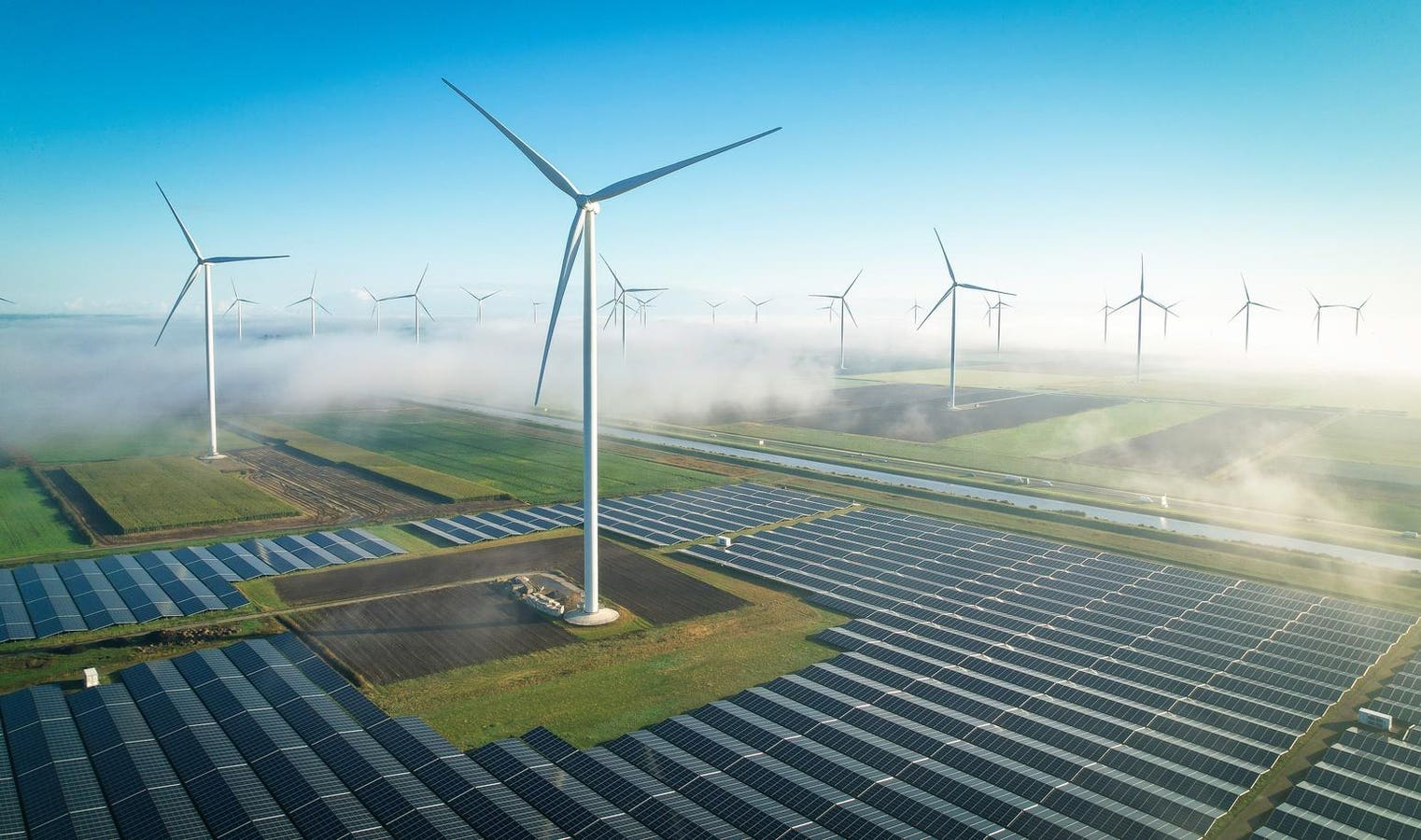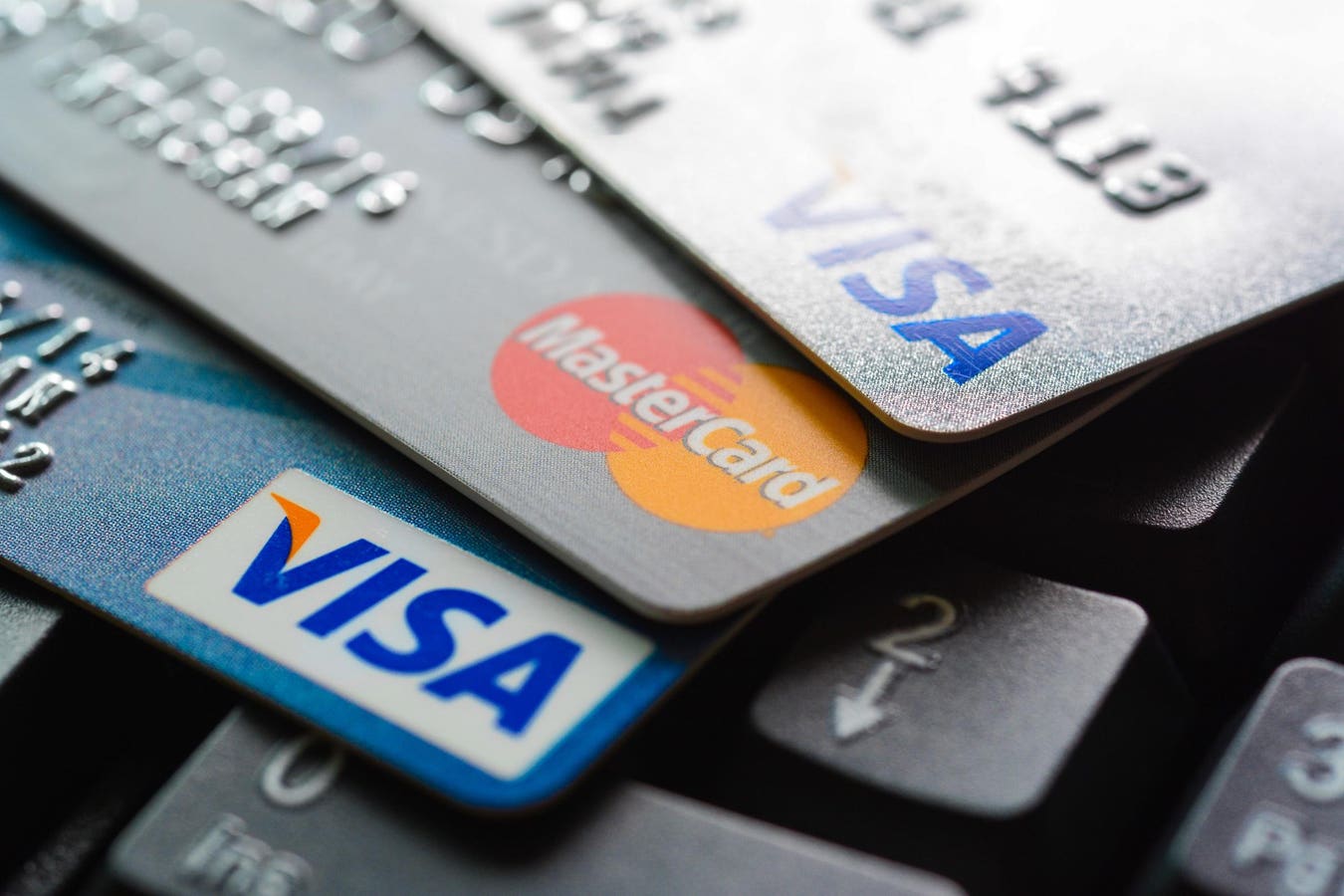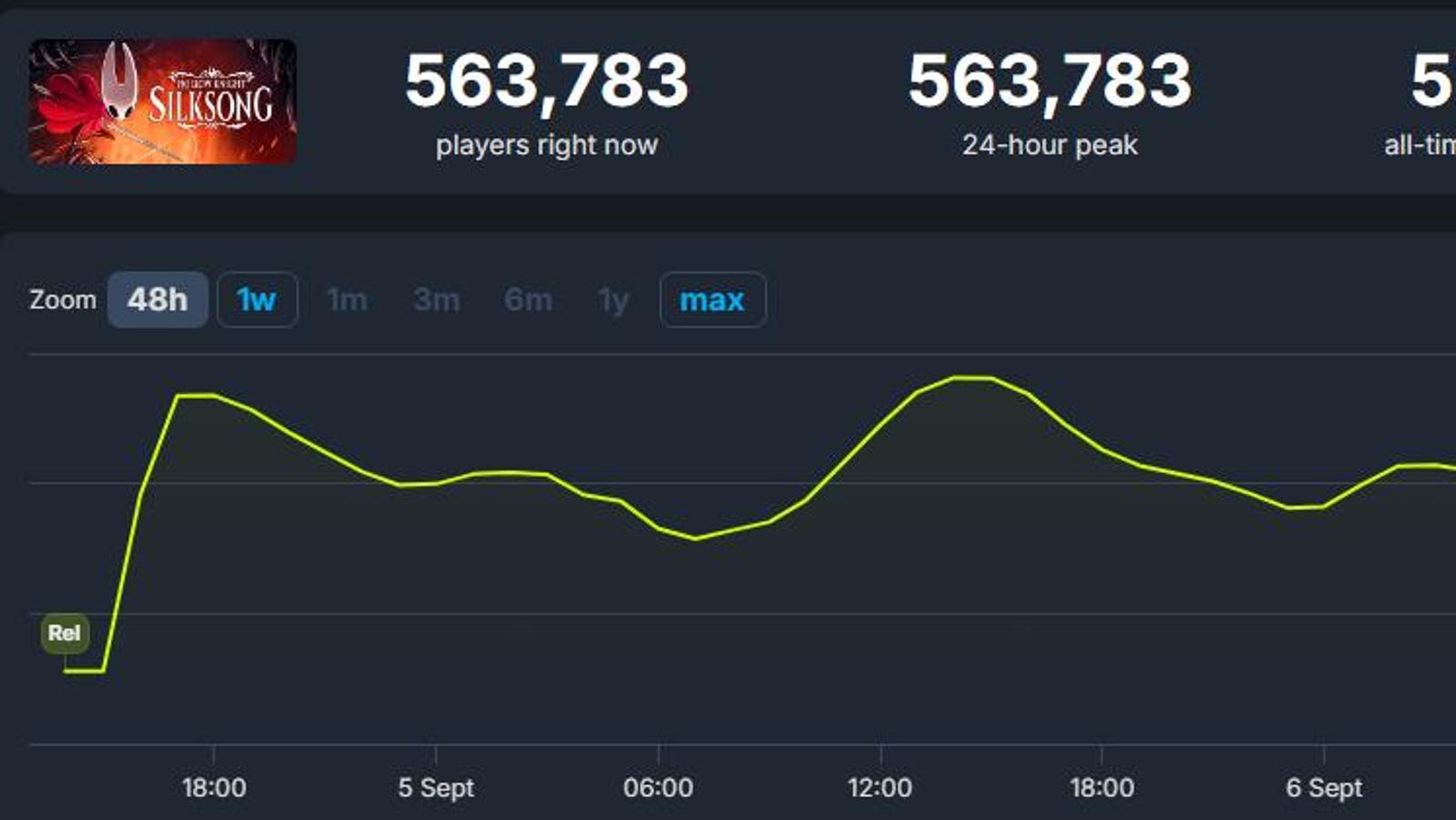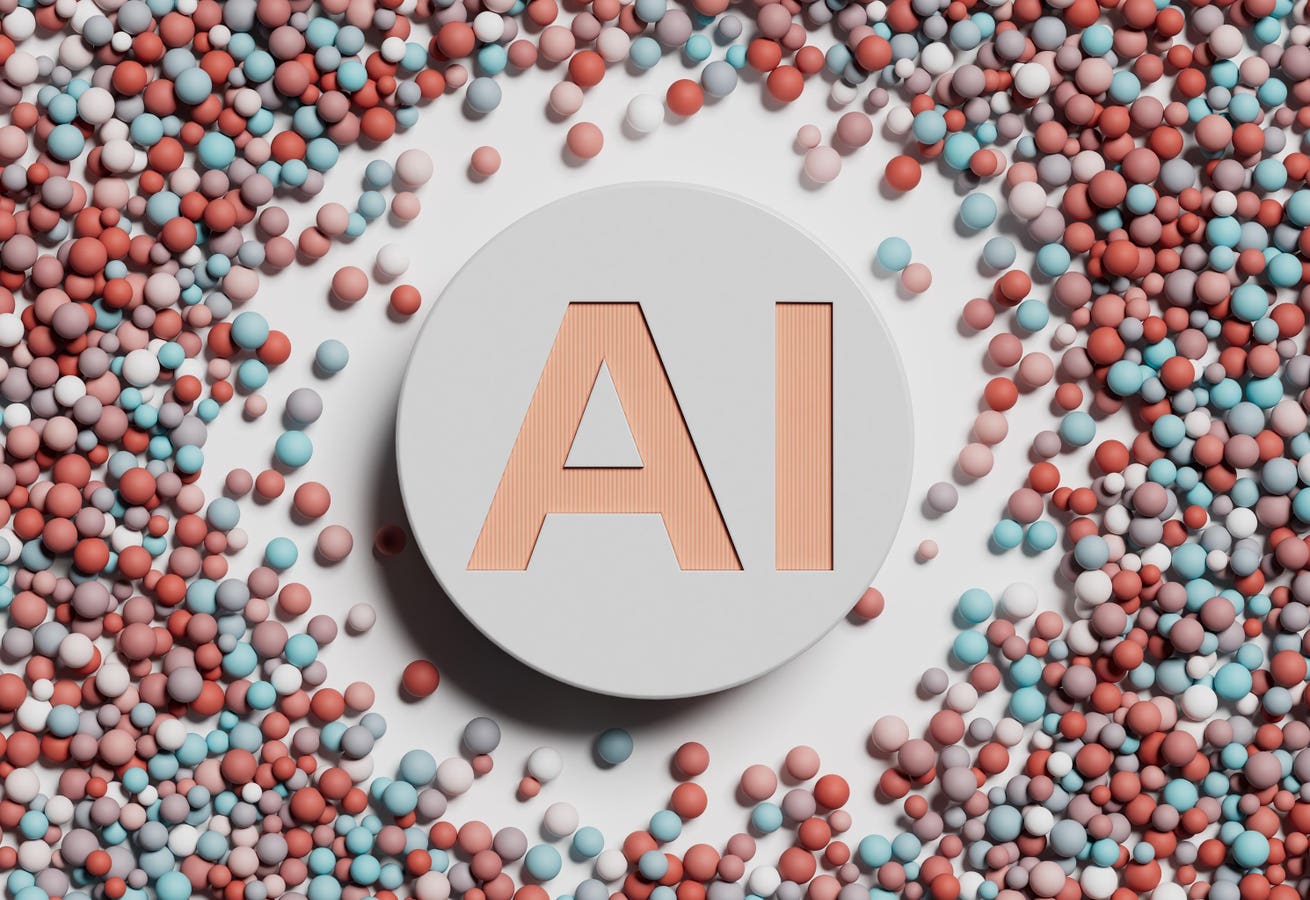Greg Robinson is the cofounder and CEO of Aston, a company building a clean, firm power network to serve the world’s largest energy users.
A U.S. electric grid completely powered by clean sources is not possible. Yet.
As someone who has spent more than 15 years in clean energy, this is a painful fact. Our society’s ambitious goals to electrify everything, capture carbon from the atmosphere and build data centers that advance AI translates to a spike in energy demand we’ve never seen before.
While going all-in on fossil fuels is not the solution, the reality is that we aren’t at a place where we can power our society with solely clean energy, either. But we are seeing progress.
Progress—And Caution—On The Path To Clean Energy
According to the U.S. Energy Information Administration (EIA), the U.S. added a record amount of solar capacity (37 gigawatts) in 2024, and the agency predicts solar will drive power generation in the coming years.
At the same time, EIA predicts that by 2029, the U.S. will decommission a quarter of its coal power plants. But the U.S. energy industry is incredibly complicated, so there are also more than 130 gas-powered plants in some stage of production.
While this is good progress, it’s important to understand that going all in on clean energy too quickly can backfire.
Germany is a good example. In response to nuclear accidents like Chernobyl in 1986 and Fukushima in 2011, leaders implemented and then expanded “Energiewende,” meaning “energy transition,” a series of policies that moved to shut down nuclear and fossil-fuel facilities and invest in wind and solar instead. While it led to tremendous infrastructure development and a greater mix of clean energy, this aggressive move also led to setbacks.
The rapid move away from fossil fuels and nuclear partly led to an increase in energy prices, which then impacted their competitiveness as an exporter of goods, especially from energy-intensive industries like automotive manufacturing. Also, a lack of sufficient return on the steep investment in the infrastructure needed to operate wind and solar farms stymied future investment needed for grid expansions. Finally, due to the intermittent nature of clean energy sources, Germany found itself having to temporarily increase its reliance on coal-fired power plants to ensure it had sufficient power.
The Path Forward
The lesson in all this is that a mix of solutions, at least for now, is the way.
What can the U.S. government, companies and other stakeholders learn? What steps should they be taking to build a proverbial bridge to a point where new technologies have advanced enough—and prices have come down enough—to be more aggressive on an all-clean solution?
1. Don’t give clean energy a bad name.
Adding too much clean energy into your power mix too soon runs the risk of needing to return to fossil fuels to fill any energy gaps. This is especially the case for things like data centers that consume a lot of power and need that power around the clock.
Being forced to return to supplementing with “dirty” energy ends up painting clean energy in a bad light and provides a case study in “renewables don’t work.” It allows fossil fuels to “save the day,” and this fails to advance the clean energy narrative, which is still very positive.
2. The math doesn’t work yet.
It’s true that the cost of solar panels and batteries has come down nearly 100%, but prices are still too high on the battery side to allow for them to be the only way data centers receive the 24/7 firm power they need.
The good news is that the technology is there to build combined-cycle gas turbine plants (CCGT) that are up to 70% cleaner than oil- or coal-fired plants. Adding the cleanest forms of natural gas into the grid mixture in the short term is a way of ensuring the firm power needed while the cost of batteries comes down, which, given Swanson’s Law, should decrease significantly in the next decade.
Building and commissioning new CCGT plants on a 10- to 15-year lifespan means we’d be supplementing what renewable energy can’t do yet with the cleanest possible energy source.
3. Wait to maximize renewables.
Everyone understands the intermittent nature of solar and wind energy: If it’s not sunny or windy, less or no power is generated. But there’s more to understanding renewables that has to do with how the electric grid is built.
Grids are designed to meet the maximum, or peak, load. When there is too much renewable energy being produced without a way to capture it efficiently (with batteries), and that production exceeds peak usage, excess power generated is essentially wasted.
4. The rise of small modular reactors.
The resurgence of interest in nuclear energy as a solution to reducing reliance on fossil fuels is being driven by small modular reactors (SMRs), nuclear reactors that are smaller, safer and more efficient. Experts think SMRs will reach commercial readiness by 2030. The International Energy Agency projects that, globally, the capacity of SMRs could reach 80 gigawatts by 2050.
Conclusion
There is a lot to be excited about concerning renewable, clean energy. As costs come down, we continue to deploy batteries and solar and new solutions advance, and there will be a moment in the not-too-distant future where we can power data centers, our homes and our vehicles exclusively with renewable energy.
It’s okay to admit we’re not there yet because sometimes good things come to those waiting.
Forbes Technology Council is an invitation-only community for world-class CIOs, CTOs and technology executives. Do I qualify?








